
Stout is a type of dark beer that is generally warm fermented, such as dry stout, oatmeal stout, milk stout and imperial stout. Stout is a type of ale.

Wandsworth Town is a district of south London, within the London Borough of Wandsworth 4.2 miles (6.8 km) southwest of Charing Cross. The area is identified in the London Plan as one of 35 major centres in Greater London.
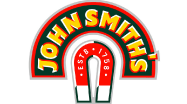
John Smith's Brewery in Tadcaster, North Yorkshire, England, produces beers including John Smith's, the highest selling bitter in the United Kingdom since the mid-1990s.

The Anchor Brewery was a brewery in Park Street, Southwark, London, England. Established in 1616, by the early nineteenth century it was the largest brewery in the world. From 1781 it was operated by Barclay Perkins & Co, who in 1955 merged with the Courage Brewery, which already owned the nearby Anchor Brewhouse. The Park Street brewery was demolished in 1981.

Morland was a brewery in Abingdon-on-Thames, Oxfordshire, England, and the second oldest brewer in England, until it was bought by Greene King in 2000. Morland's beers include Hen's Tooth, Old Speckled Hen, Tanner's Jack and Morland's Original.
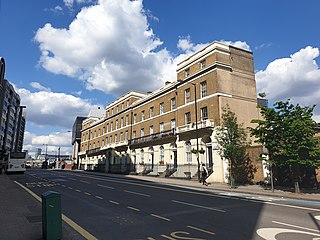
Anchor Terrace is a large symmetrical building on the east side of Southwark Bridge Road in London, situated very close to the River Thames. It was built in 1834, and its original inhabitants were senior employees of the nearby Anchor Brewery, Southwark, which was then owned by Barclay Perkins & Co. Ltd. The building was later used as the brewery's offices. It overlooks the site of the former brewery.
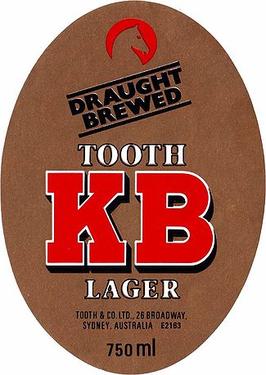
Tooth and Co was the major brewer of beer in New South Wales, Australia. The company owned a large brewery on Broadway in Sydney from 1835 to 1985, known as the Kent Brewery. It was historically one of Australia's oldest companies, having been established as a partnership in 1835. The brand was revived in 2015.

McMullen's, known locally as Mac's, is a regional brewery founded in 1827 in Hertford, England. The brewery expanded during the second half of the 19th century by purchasing other breweries and their associated pubs.
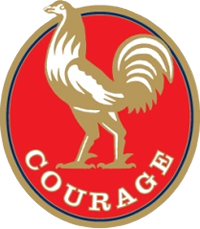
Courage Brewery was an English brewery, founded by John Courage in 1787 in London, England.
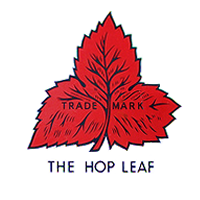
H & G Simonds Ltd was a brewing company founded in Reading, Berkshire, England in 1785 by William Blackall Simonds. The company amalgamated with Courage & Barclay in 1960 and dropped the Simonds name after ten years. Eventually the firm became part of Scottish & Newcastle who sold the brands to Wells & Young's Brewery in 2007 and closed the Reading brewery three years later.

The Anchor is a pub in the London Borough of Southwark. It is in the Bankside locality on the south bank of the River Thames, close to Southwark Cathedral and London Bridge station. A tavern establishment has been at the pub's location for over 800 years. Behind the pub are buildings that were operated by the Anchor Brewery.
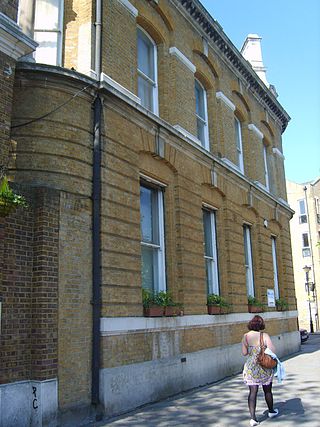
Charrington Brewery was founded in Bethnal Green, London, in the early 18th century by Robert Westfield. In 1766, John Charrington joined the company, which then traded as Westfield, Moss & Charrington from the Anchor Brewery in Stepney. It merged with United Breweries of London in 1964, and with Bass Brewery in 1967 to become the largest UK brewing company, Bass Charrington. The brewing operations of the company were bought by Interbrew in 2000, while the retail side were renamed Six Continents. In 2003, Six Continents split into a pubs business, now known as Mitchells & Butlers, and a hotels and soft drinks business, now known as InterContinental Hotels Group.

Anderson Valley Brewing Company is a brewery founded in 1987 in Boonville, California. Its name is derived from its Anderson Valley location in Mendocino County.

Park End Street is a street in central Oxford, England, to the west of the centre of the city, close to the railway station at its western end.

Camerons Brewery is an English brewery established by John William Cameron in Stranton, Hartlepool, County Durham, in 1865. It is the largest independent brewer in the North East of England, with a brewery capacity of 1.5 million hectolitres and a tied estate of 75 houses. It is one of the oldest industrial concerns in Hartlepool, and has historically been one of the largest employers.

Bridge Street, formerly known as Seven Bridges, is a historic street in the town of Reading, Berkshire, England. It took its original name from the seven bridges that carried it over various channels of the River Kennet, and was the earliest crossing place of that river in the town.

Hunt Edmunds was a brewery in Banbury, Oxfordshire, England.

A tower brewery is a distinct form of brewery, identified by its external buildings being arranged in the form of a vertical tower.

The Ram Inn is a historic pub at 68 Wandsworth High Street, Wandsworth, London SW18.

Old Chiswick is the area of the original village beside the river Thames for which the modern district of Chiswick is named. The village grew up around St Nicholas Church, founded c. 1181 and named for the patron saint of fishermen. The placename was first recorded c. 1000 as Ceswican. In the Middle Ages the villagers lived by fishing, boatbuilding, and handling river traffic. The surrounding area was rural until the late 19th century.
























